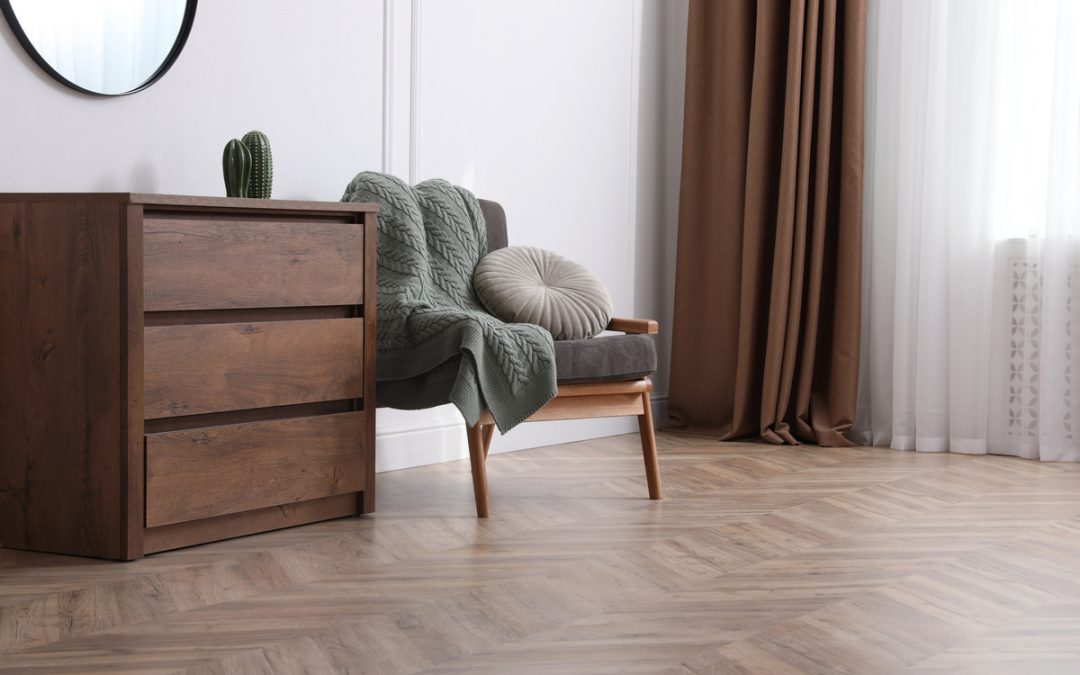The decision to install hardwood flooring is based on several variables. It’s a complex procedure that calls for thorough consideration and decision-making at every stage. Choosing the sort of wood to use for your flooring project is one of the most important decisions you will make.
It’s not as easy to choose a hardwood floor as to determine whether you want dark or light wood. There are many different types of wood available, and which one you choose will depend on several variables.
Before making your decision, consider the following important factors:
1. What kind of house do you have, and where are you going to put the hardwood floors? In single-family houses, the subfloor may determine the floor you choose, however in rental residences, your landlord or condo association may restrict your options. The location of the space in which you install the hardwood flooring may also be important; for example, engineered wood is probably preferable to hardwood in mud rooms or basements.
2. How much use will the space have? It is crucial to choose hardwood flooring that is sturdy and can withstand normal wear and tear in areas that are subjected to high traffic. This is crucial in houses with dogs since their claws can damage floors much more severely.
3. What style is the room’s decor? You must take the décor into account if you want your hardwood to blend in with your overall design. If the area contains other types of wood, you’ll want flooring that compliments them for a more appealing overall appearance. Generally speaking, some wood varieties will go better with modern and stylish décor while others would look cozier and more rustic.
4. How much light does the space receive? Before deciding on the sort of wood to use, you should take into account how much sunlight your room receives because this may affect how bright or dark the wood becomes over time. You should pick a wood kind that won’t fade quickly for rooms receiving lots of sunlight.
5. Do you have a certain hue in mind? Each wood has its inherent color, which you may enhance with stain to create a more distinctive appearance. But not all types of wood absorb stains in the same way, so if you want a particular floor color, you need to think about how
simple it will be to get it with a particular type of wood.
A Look at the Popular Hardwoods
The type of wood you select ultimately comes down to personal preference, but to make an educated decision, it pays to be aware of the common hardwoods used for flooring.
Hardwoods differ in terms of color, grain, and hardness, and each of these characteristics might influence which wood performs best under particular circumstances.
Oak
One of the more well-liked timbers, it is available in red and white varieties. White oak is slightly tougher than red oak and has gray undertones, whereas red oak is available in warm tones ranging from creamy pink and golden red to rusty browns, all with mild swirled grain patterns. The fact that both varieties of oak go well with a variety of interior design aesthetics makes them the most popular option for hardwood flooring.
Cherry
Cherry is not as durable as some of the other woods thus it is best used in locations with little traffic because it won’t hold up as well to abuse. Nevertheless, it is renowned for its deep, warm tones and even grain, which make it a wonderful option for clean, contemporary designs.
Walnut
Walnut complements spaces with moderate to low activity because of its dark, rich chocolate tones and its broad, straight-grain pattern. The finished floor has a smooth and uniform appearance as a result of the minimal color difference between each board.
Hickory
Hickory has a very high Janka rating, which measures how durable the wood is and makes it a great choice for heavy-traffic areas like kitchens and family rooms. Its huge knots and color variations, which vary from creamy beige to warm brown with darker streaks, make it especially well-suited to country and rustic decor.
Maple
Another wood with a high Janka rating and good durability is maple. Its hues range from light cream and beige to tan with a little reddish tint, making it paler than many of the other premium hardwoods. It complements a variety of designs thanks to its fine grain pattern and black streaks that give visual flair.
What Concerns Pine?
Pine has been used for flooring for hundreds of years because many people prefer the knotty appearance, but because it is a softwood, it may not withstand repeated use well. Additionally, the knots and unique grain patterns may make it more challenging for pine to receive stain and finish, which may have an impact on the overall appearance of your room
Consult The Experts
Ask a hardwood flooring professional for advice if you’re unsure of which sort of hardwood to select. They will be well familiar with the many types of wood and be able to advise you on which is best for your requirements. Of course, you’ll be the one to make the final decision, but it never hurts to obtain some expert advice to help you feel more comfortable making it. Never hesitate to ask questions. At Ted’s Flooring, Inc., we are ready to help.
It can be difficult to choose from the many different types of hardwood flooring that are available, but it doesn’t have to be. Consider the design, traffic flow, and location of your space as well as all of your options before choosing the one that will work best for you. The final decision you pick should complement your interior design aesthetic and bring the natural beauty of hardwood into your house. Contact Ted’s Flooring, Inc., and let us assist you with your project


